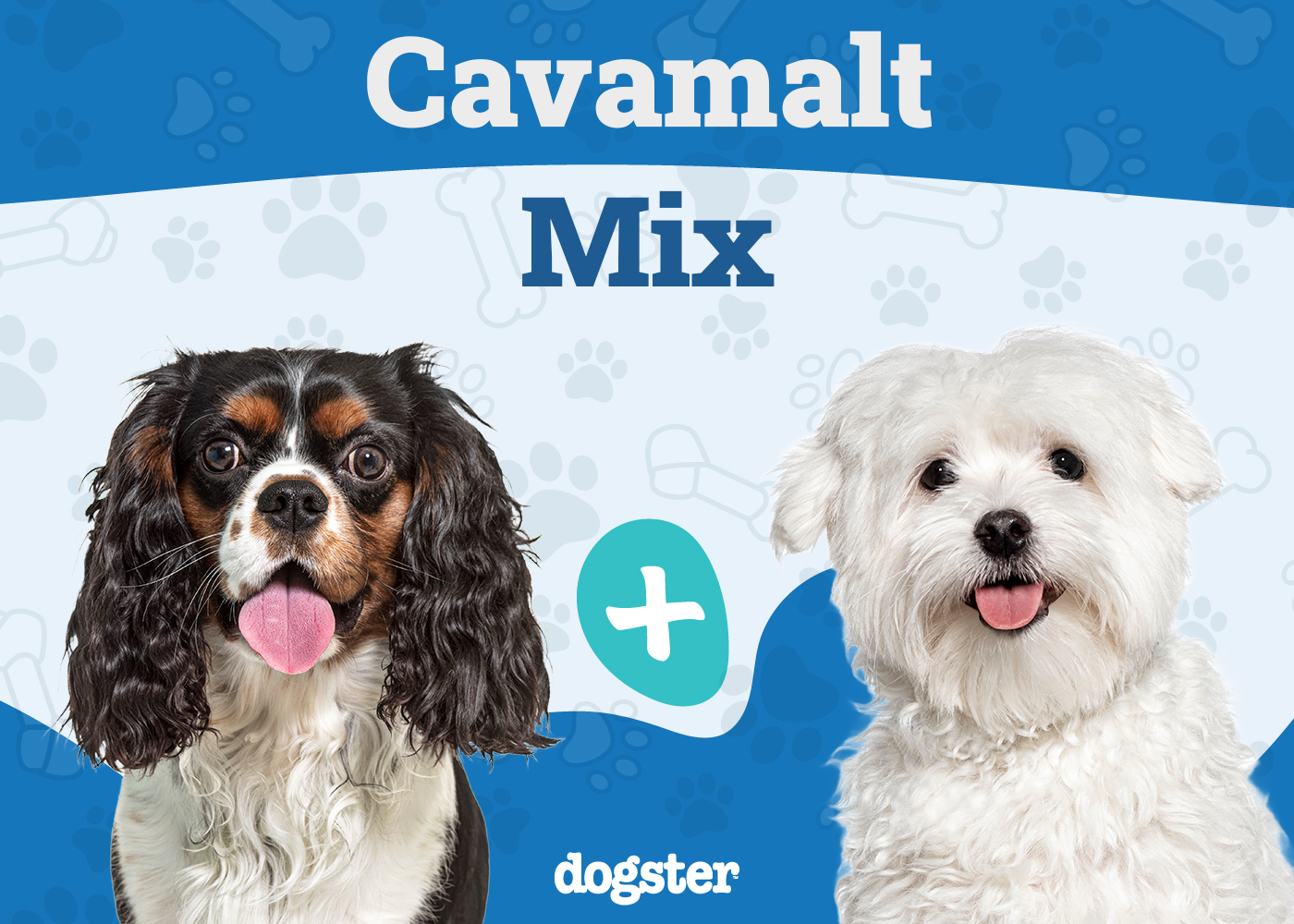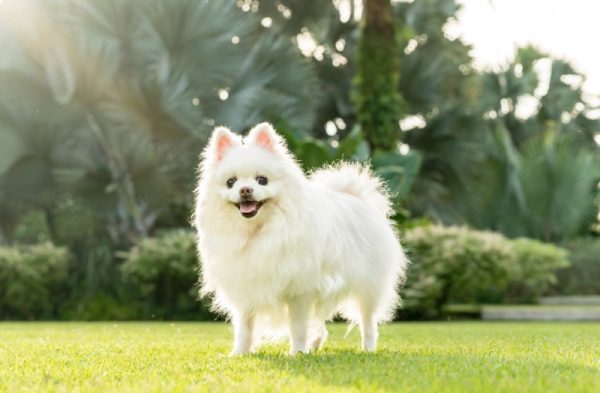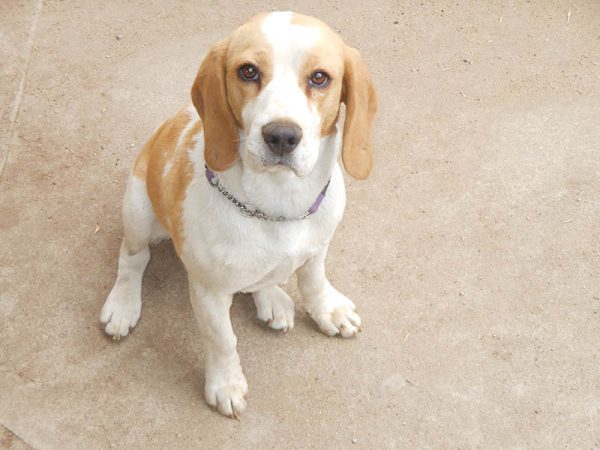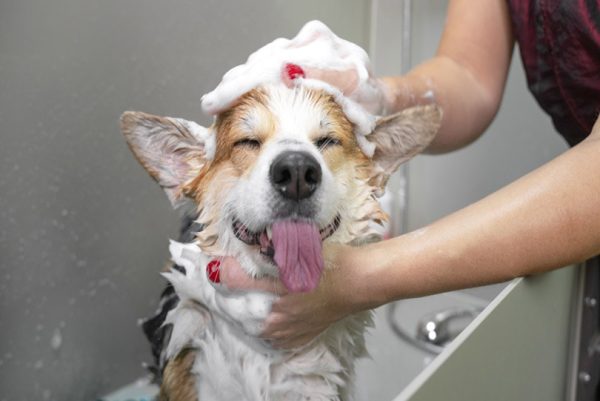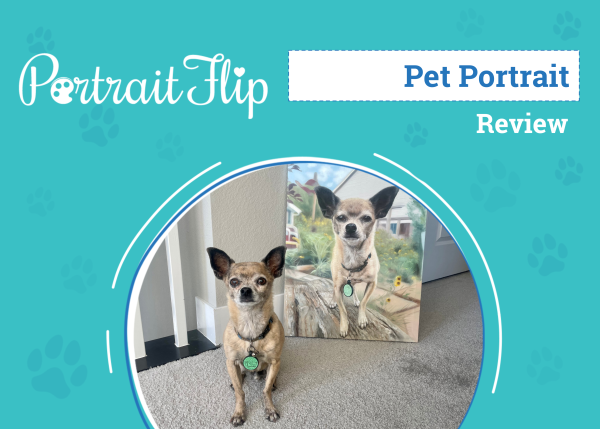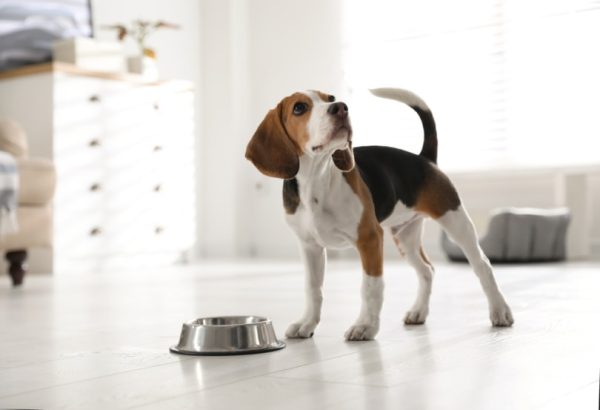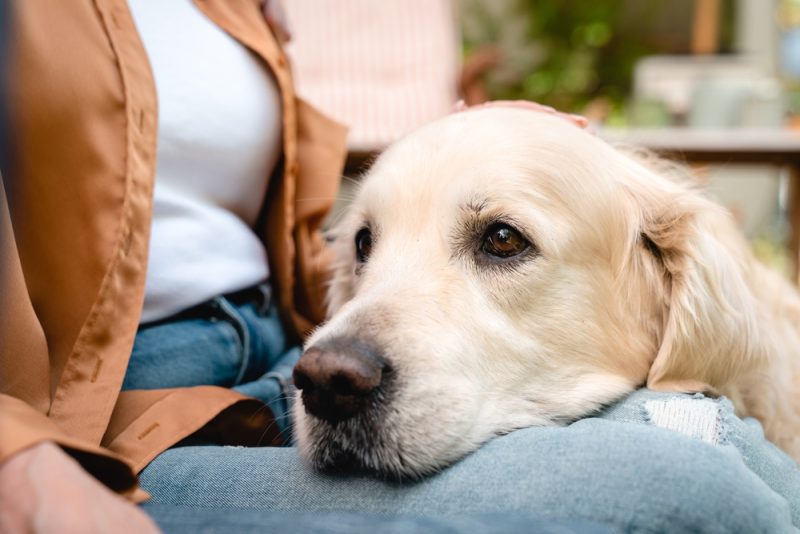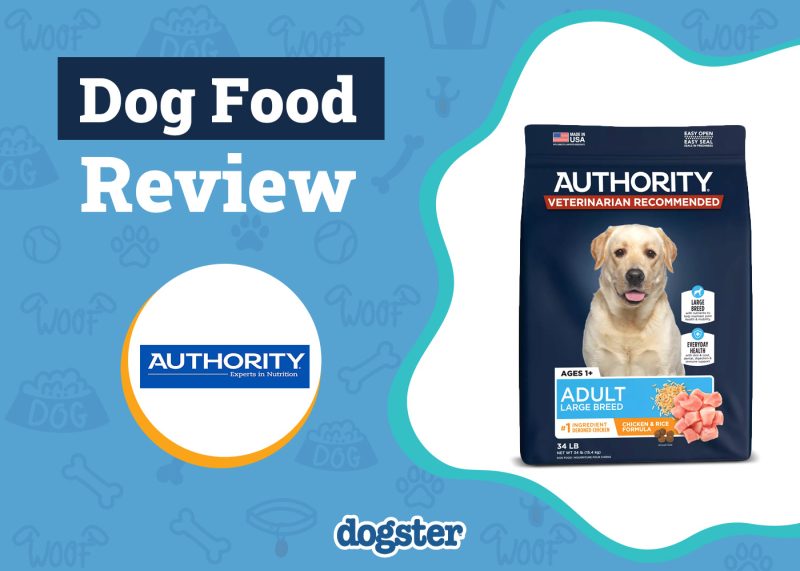In this article
View 8 More +Since they’re easy to love and even easier to own, Cavamalts are unsurprisingly a joyous addition to families lucky enough to land one of these charming designer dogs. The Cavalier King Charles Spaniel and Maltese mix combines two of the canine community’s cutest members into an adaptable pet suitable for numerous living situations.
As we define the Cavamalt’s temperament and care needs, discover why this dog may be the perfect match for your household.
Breed Overview
Height:
10–12 inches
Weight:
10–13 pounds
Lifespan:
12–16 years
Colors:
Red and white (Blenheim), white, black and tan, black and white
Suitable for:
Families with children of all ages, first-time owners, apartment residents, older dog owners
Temperament:
Affectionate, playful, outgoing, adaptable, docile, gentle, graceful
The Cavalier King Charles Spaniel (CKCS) and the Maltese are small, endearing, and easy to train, lending these characteristics to their mixed-breed offspring. Cavamalts are bright and eager to please. They’re a joy for first-time owners and experienced pet parents and provide endless affection and a laid-back temperament perfectly fitting for a social family.
Like any dog, they come with a few personality and health-related challenges, but an early commitment to training and socialization makes them as easy to handle as any breed.
Cavamalt Characteristics

Cavamalt Puppies
Cavamalts have become relatively popular designer dogs in recent decades, making it easy to find adoptable dogs from reputable breeders. Anyone offering these dogs for sale should supply comprehensive health testing and disclose all pedigree information, including letting you meet the parents.
Parent testing is crucial in assessing heritable diseases, an issue common with Cavalier King Charles Spaniels. If you prefer to adopt, contact your local shelter or look into breed-specific rescues. The Maltese and CKCS are popular dogs, so reaching out to their national rescues will often help you find a mixed breed needing a loving home.
Raising a Cavamalt puppy is a lesson in discipline, though more for the owner than the dog. While it’s easy to spoil them, enforcing boundaries and committing to training is essential from an early age. Making obedience part of the household standard will make it easier for dogs to comply and for owners to take a firm yet fair and positive approach to training.
Socialization is vital in the early puppy months preceding adolescence, but manners in the house will be one of the more challenging aspects of ownership. Housebreaking requires patience and consistency, and you’ll likely face numerous accidents during the process. Crate training can be enormously helpful, and the safe space can help you manage any inherent separation anxiety.
Cavamalt Origin & History
The Cavamalt hybrid has existed as a designer dog for only a few decades. Their parents, however, have been around for centuries. Cavalier King Charles Spaniels originated with the toy spaniels of King Charles II’s court.
Following the intermingling of brachycephalic breeds with these longer-faced dogs through the 1800s, dedicated breeders revitalized the form in the 1900s to give us the modern CKCS. Hailing from Malta, the Maltese is a well-traveled companion dating back several centuries.
The breed was a favorite among nobles and common folk, allowing it to thrive as the world and society changed.
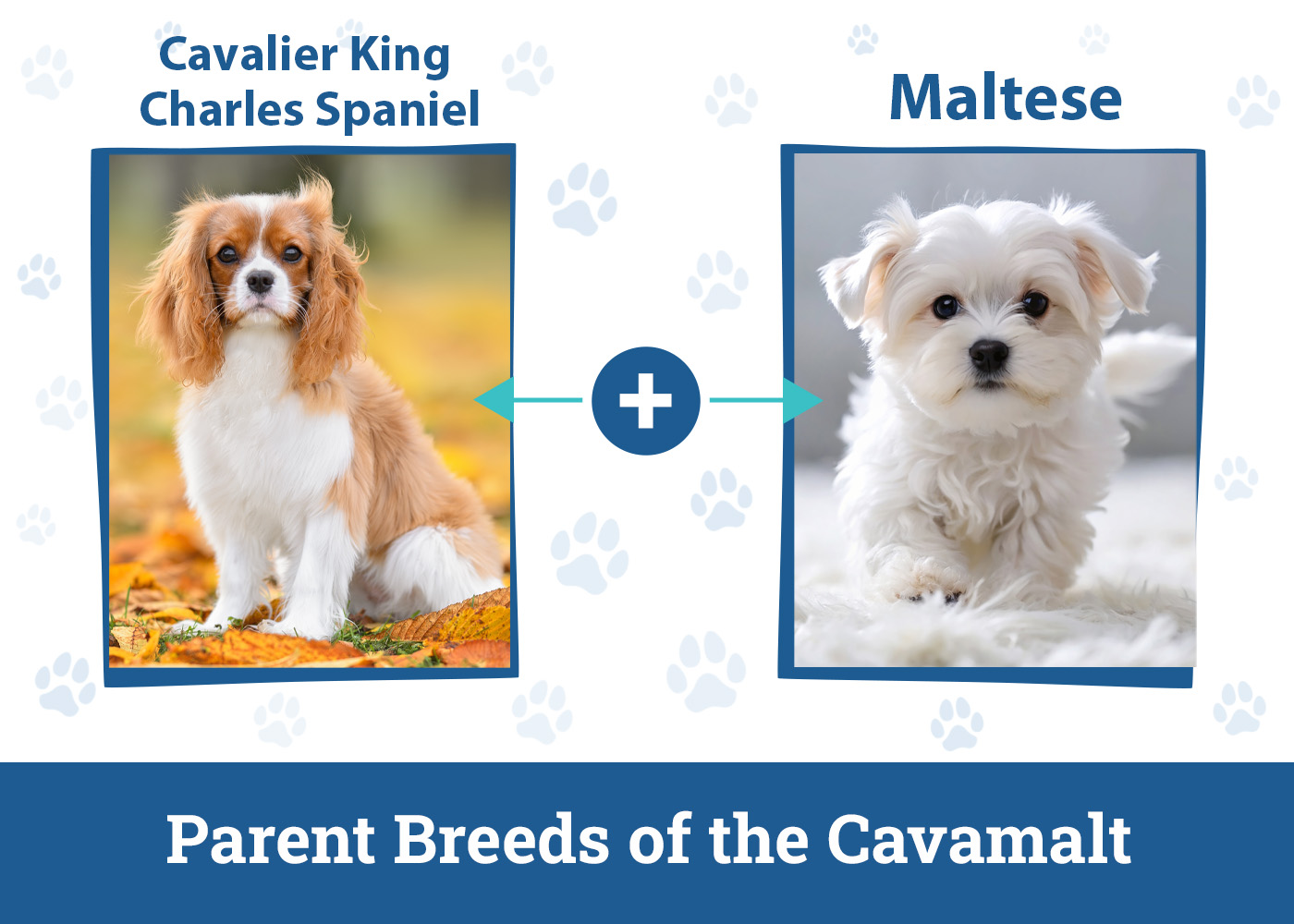

Temperament & Intelligence of the Cavamalt
Cavamalts are intelligent, highly affectionate, and eager to please, making training a breeze when you use positive reinforcement and set consistent expectations. They have naturally outgoing personalities, though proper socialization and positive experiences with diverse people and animals are essential to prevent shyness or potential overprotectiveness. Cavamalts demand frequent attention and interaction to stay happy and healthy.
Are These Dogs Good for Families? 👪
Cavamalts adore their families, and with more people in the house, they can get the attention they deserve. Being small and fragile, they need conscientious handlers to prevent injuries and conflict. Small children can mishandle or hurt them, and these dogs may respond with angry nips to display their displeasure.
Parents must train their children on proper handling techniques or wait for them to grow older and more responsible before bringing a Cavamalt into the home.
Does This Breed Get Along With Other Pets? 🐶 😽
Cavamalts are as outgoing with pets as they are with people. In most instances, the other pet may need the most help adapting, so raising them alongside your Cavamalt from a young age will provide the best chance for a happy pairing.
The CKCS has a strong prey drive that can cause them to chase animals outdoors, though the Maltese influence will often temper this significantly.

Things to Know When Owning a Cavamalt
Cavamalts present few ownership challenges as adults if you can manage the assorted difficulties they may present as puppies, such as housebreaking. Potty routines may need clever solutions, such as indoor pee pads or litter boxes. A playpen is an excellent compromise, giving your dog some freedom while containing messes as you acclimate them to indoor potty spots.
Due to their love for their family, separation anxiety can also become problematic. With early preventive measures, such as a dependable schedule and crate training, you can ease them into spending time alone without enabling nervous destructive habits or excessive barking.
Food & Diet Requirements 🦴
Cavamalts are inexpensive to feed, requiring only about ½–1 cup of food between two daily meals. Choose small-breed dog food formulated for your Cavamalt’s life stage to ensure proper development. Monitor reactions to food changes to identify potential food allergies, and work with your vet to develop a custom plan addressing your dog’s unique needs.
If you need to speak with a vet but can't get to one, head over to PangoVet. It's an online service where you can talk to a vet online and get the personalized advice you need for your pet — all at an affordable price!
Exercise 🐕
Though Cavamalts can be highly energetic, they need little exercise to maintain an optimal weight. Provide at least 30 minutes of daily activity. On-leash walks through the neighborhood are ideal, as they provide a solid workout and socialization that will help your dog become calm and comfortable with their neighbors and surroundings.
Training 🦮
While potty training and barking can be significant struggles for this breed at a young age, Cavamalts make training a distinct pleasure. They are eager to please and pick up commands quickly with proper incentives (i.e., tasty treats). Owners only need to provide positive reinforcement and avoid scolding and harsh punishment, which can damage the bond and set training back significantly with these sensitive dogs.
Grooming ✂️
Alongside training and socialization, grooming tasks should be essential in the routine from the first day you have your Cavamalt puppy. Make the routine rewarding and consistent, and your Cavamalt will be cooperative for the long term, making training much quicker and more straightforward.
Cavamalts may need differing routines depending on whether they inherit the CKCS’s wavy double coat or the Maltese’s silky, flowing hair. They might warrant more trimming than the average CKCS and are less hypoallergenic than the Maltese, but a few weekly brushing sessions to relieve mats and loose hairs is typically all they need. Nail trimming should occur every 2–3 weeks.
Dental disease is a frequent concern for smaller breeds, highlighting the need for daily tooth brushing. The Cavamalt’s ears need weekly cleanings and frequent trims to remove dirt and prevent infections. Tear staining is a common issue, requiring cleaning as often as once daily with a gentle cleaning wipe to remove gunky buildup.
Health and Conditions ❤️
One of the best reasons to get a Cavamalt is their lower susceptibility to health issues common to their purebred parents. The CKCS is notably prone to numerous conditions, including heart disease, mitral valve disease, and syringomyelia (a neurological disorder), but crossing with other breeds can make their recessive inheritance less likely.
Mixed-breed Cavamalts can still suffer these issues. Health problems like hip dysplasia, heart conditions, and breathing trouble are also common with both parents, making them more likely in the mixed breed. Genetic testing from the breeder should be a priority before adoption. Owners should also consider pet insurance to help manage the financial burden of potential extreme health issues.
- Ear infections
- Allergies
- Heart conditions (e.g., murmurs, heart failure)
- Hip and elbow dysplasia
- Eye issues (e.g., cataracts, glaucoma)
- Brachycephalic obstructive airway syndrome
- Dental disease
Male vs Female
Although male Cavamalts are usually larger than females, little separates the sexes otherwise. Many find females less clingy and more independent, but training and upbringing impact their personality more than their sex. Desexing will reduce many hormonal issues and generally lend to more even temperaments.

3 Little-Known Facts About the Cavamalt
1. Cavamalts Go By Several Names
Are you having trouble finding Cavamalt breeders near you? The community hasn’t agreed on a moniker, so you may have to change your search terms. Aside from Cavamalt, these delightful designer dogs may go by names like Cavatese, Cav-A-Malt, or Maltalier.
2. Cavamalts Excel at Agility
Although you won’t find the Cavamalt in the conformation ring, these spritely mixes excel at sports. Between their superior biddability and surprising athleticism, they make exceptional agility competitors. As a versatile breed, Cavamalts also do well in obedience, rally, and trick competitions, leaving no shortage of fun activities to enjoy with your pet.
3. Cavamalts Can Make Quality Watchdogs
Cavamalts may not have the imposing power of a quality guard dog, but they can make apt watchdogs. While the CKCS is a welcoming breed and unlikely to bark at anyone at the door, the Maltese influence often adds a protective, alert nature.
Sometimes, barking is another training point that will take effort to reduce. If you’re looking for a quality alarm system, a Cavamalt with the proper temperament may be the perfect way to let you know that strangers are approaching.

Final Thoughts
With their sweet demeanors and desire to make their family happy, the greatest challenge in raising a Cavamalt is ensuring you don’t spoil them. Here is a breed built for family life and a hassle-free ownership experience.
While they may have a few unique considerations for potty training and controlling their barking, a well-raised and positively trained Cavamalt will do everything possible to repay their family’s love with faultless obedience and endless affection.
See also:
- American Foxhound Boxer Mix Dog Breed: Info, Pictures Care & Facts
- Alaskan Goldenmute: Breed Info, Pictures, Care Guide & More
